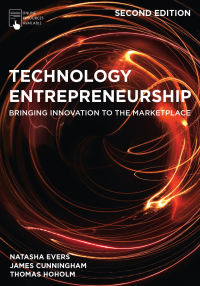1. Identify the key challenges in protecting intellectual property generated in nanotechnology. Do you think those challenges...
Question:
1. Identify the key challenges in protecting intellectual property generated in nanotechnology. Do you think those challenges are being alleviated as more and more applications of nanotechnology are being commercialised?
Unlike emerging technologies of the recent past, nanotechnology has far-reaching potential to impact our lives and, according to some commentators, to alter the fabric of society, even the very concept of humanity. Nanotechnology is multi-disciplinary in nature, encompassing scientific fields and industry sectors in chemistry, physics, materials, biotechnology, pharmaceuticals and medicine. Nanotechnology also has the potential to revolutionise how things are manufactured, constructing them atom by atom rather than shaping and assembling existing material into a final product.
Examples of commercial nanotechnology applications include:
• In 2010, Intel announced it would invest $6-8 billion in nanotechnology manufacturing capabilities for future transistor and processor applications (www.nanowerk.com/news/newsid=18597.php).
• Nancore Technologies recently demonstrated a flexible thinfilm photovoltaic solar cell using its patented liquid phase deposition (LPD) process (www.nanowerk.com/news2/newsid=31283.php).
Step by Step Answer:

Technology Entrepreneurship Bringing Innovation To The Marketplace
ISBN: 9781352011173,9781350304864
2nd Edition
Authors: Natasha Evers , James Cunningham , Thomas Hoholm






